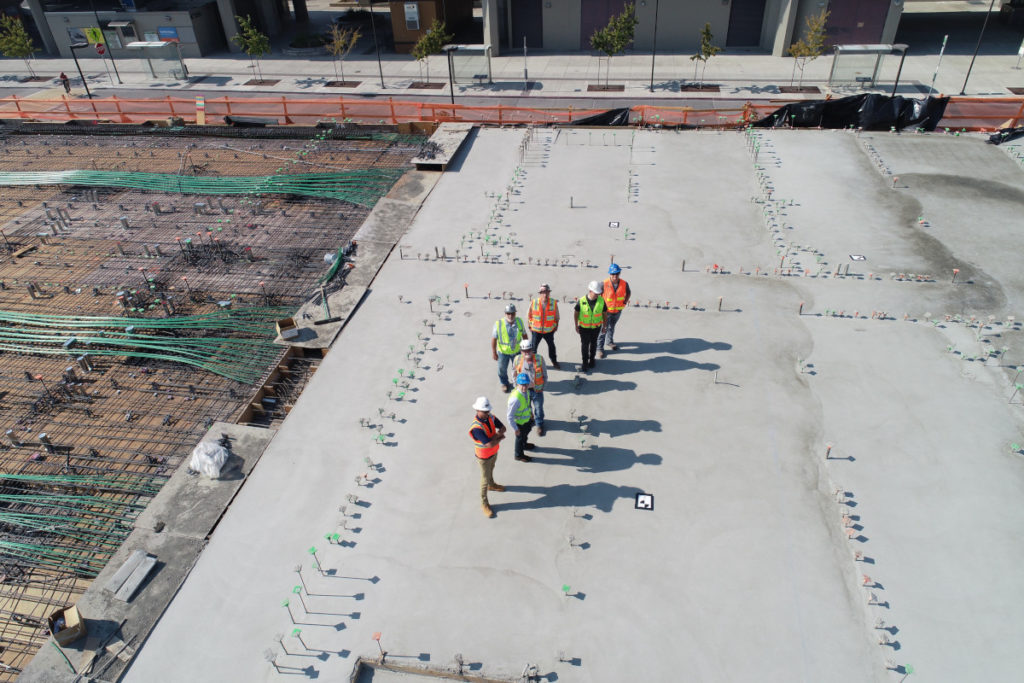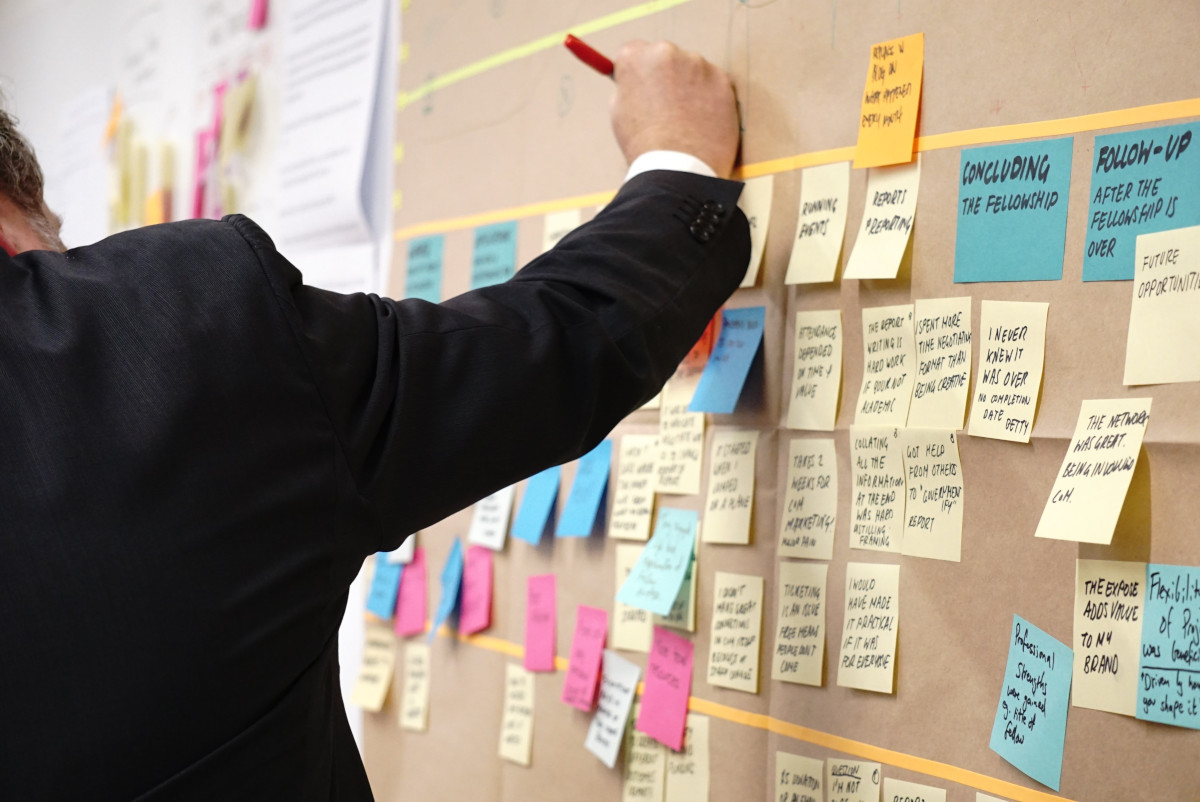Over the last 20 years, the construction industry sector has only managed a 1% increase in productivity (McKinsey). You are probably losing money right now on one or more projects. We can do better with the right tools and smarter scheduling.

Most of us use the philosophy ‘use the right tool for the job’ as often as we can. It means we want to be efficient at getting the job done right the first time. Even with this focus, 26% of construction workers say they are frustrated by the lack of tools they need to do their jobs better (TINYpulse). When it comes to managing crews and teams, this simple philosophy can be modified to ‘use the right person for the job’ equipped with the right tools of course. According to KPMG, over 50% of construction professionals report one or more underperforming project in a given year. Understanding the resources your people represent helps you focus on ways to reduce possible project losses by proactively managing people and equipment resources.
Like a well-organized tool chest, every tool has its place and is easily accessible. To get that well-organized crew tailored for each job, you need to track experience and expertise levels, certifications, and credentials that have to be continually renewed.
According the National Association of Home Builders, 56% of builders report they are suffering due to the effects of the skilled labor shortage. With a
tight labor market, if you’re not jotting down the experience and expertise of your crews, now is the time to start. This doesn’t just apply to field workers, it’s important across all business. With so many new labor entrants needing to be trained and brought up to speed, communications between the jobsite and the office are more important than ever. Real time communications on the job site is challenging enough with the right people. Having the wrong people complicates work quality and can draw out the time it takes to complete a project.
There are many reasons to track experience, expertise, and certifications, including:
- Job site requirements, such as current CPR certified
- Transportation requirements, such as current DOT card
- The equipment an employee has been trained or certified on
- Job side badging (and background) for specific customers
- Expertise level with construction processes and/or equipment
- Renewal dates for key certifications, such as Journeyman card or contractor licenses
- Continuing education requirements to renew key certifications
- Certifications by state and renewal requirements
- Optimize crew assignments
Many customers require training and badge certification to work on the job site. Companies like Apple, NVEnergy, Google, and others all have classes and background checks your workers have to go through to be allowed on their construction sites. It’s not uncommon to mistakenly send out a crew to NVEnergy to work on a job only to have them rushed off to a class for four hours before they can work. Unbadged crews generally result in being turned away at the construction site, leaving you scrambling to find the people that have the badged credentials. More time and money wasted because the list of credentials was either not up to date or not looked at.
SMART SCHEDULING
In nearly every environment today, someone on your team needs to have some kind of certification on the job. While tempting, a list like this is not something you can just risk keeping in your head. Required job site job documents could be something as simple as a current CPR training certification or more extensive DOT card. If you’re like most of us, you have a list of people and their certifications in an Excel spreadsheet somewhere that someone is supposed to maintain. The problem is that list often gets lost in the daily work grind and often not kept up to date. Excel is a good tool, but it’s a like an island you have to travel to to visit. Out of sight, out of mind is generally a bad policy in this instance.
KEEP YOUR COMPANY RESOURCES CURRENT
There are some tools you can use online to help remember key events, such as renewing a DOT card or attending continuing education classes to keep your certification up to date. The most accessible tools are part of an email subscription you already have. Google email (or G-Suite), Office365, and iCloud all have reminder features that you can setup to remind you when an team or crew member needs to renew one or more certificates. Much like the an excel spread sheet, you must manually update these reminders and remember to enter in new ones.
MANAGE YOUR RESOURCES
The right tool for the job in this case is an integrated system that tracks employee certifications and allows you to search and find the right experience level, certifications, and credentials and assign them to a crew or team. These ‘integrated’ tools allow you to assign people to jobs/workorders based on the job requirements. This way you won’t accidentally create a crew without the requirements. Modern construction software should include a way to track certifications, renewals, expertise level, and training on equipment and processes.
The expertise and credentials of your employees are one of the most significant advantages your have in competing for and executing successful projects. With a 21.4% industry wide turnover rate, its hard to find and keep skilled labor (Bureau of Labor Statistics). Keeping track of your people’s experience can help you focus on who you want to keep.
Sending the wrong people on a job can impact project profitability. Don’t get caught with the wrong people on the right job, find and use tools that work best for you.






